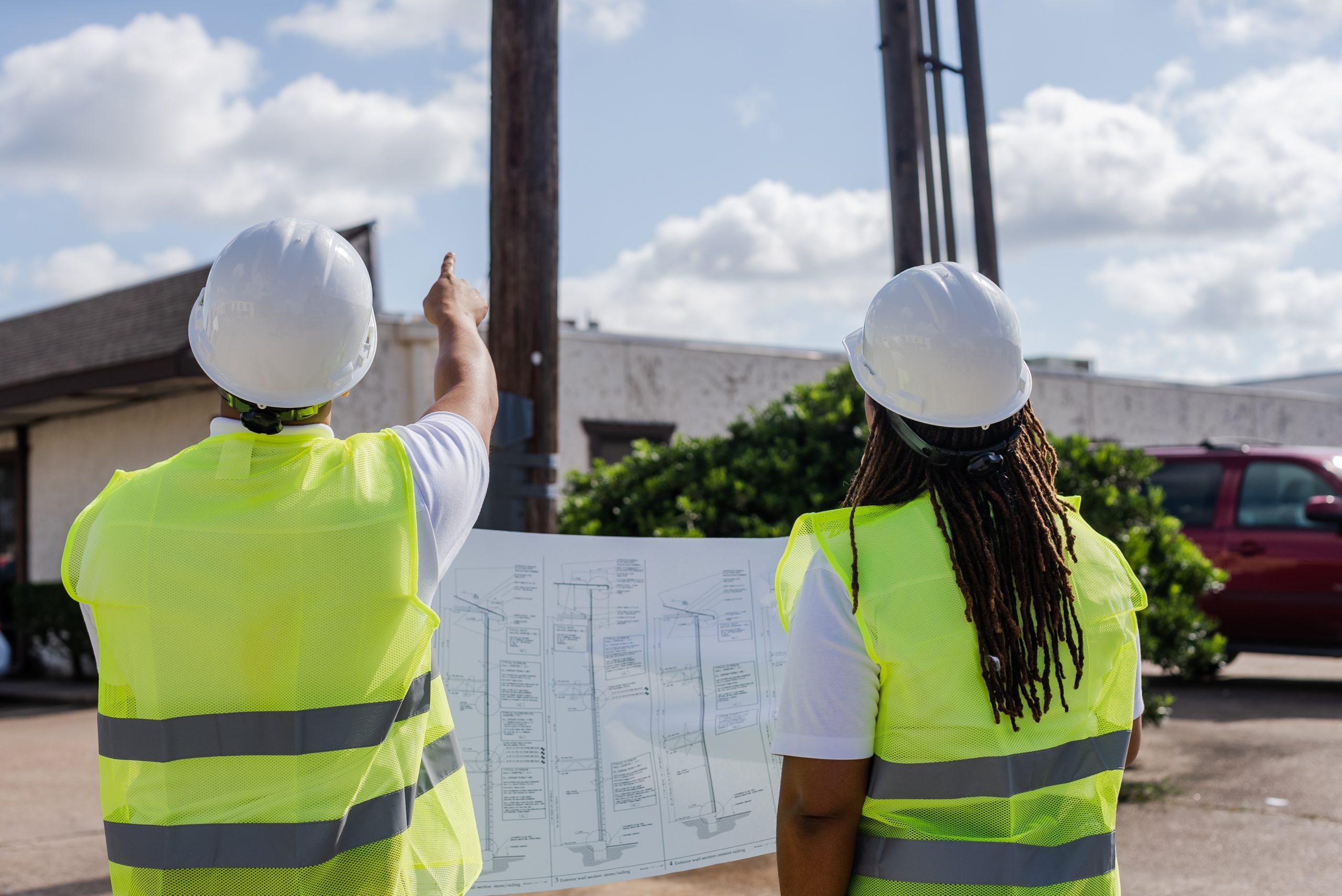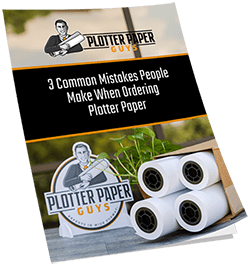Americans use 67.4 million tons of paper every year. That’s roughly 680 pounds of paper per person. Whether it’s paper for receipts, copy paper, or blueprint paper rolls, pulp and paper products carry modern life.
But, not all paper is created equal.
Architects, designers, engineers, and marketing agencies need high-quality materials to lay out their work. The right paper renders designs bold and clear.
The cost of all those tons of paper adds up. Where can professionals find high-quality paper suited to diverse tasks, at a reasonable price?
Get the answer to that question—and more—right here. With this brief guide, you’ll learn to cut through the jargon and find the best blueprint paper rolls for your team. Discover different paper traits, their costs, and how they impact the result in this Q&A.
Why Are Blueprints Called Blueprints?
Today, most people use the term “blueprint” to mean a plan. Some professionals mean a technical drawing, specifically.
But, Alphonse Louis Poitevin created the first blueprints in 1861. He used a photosensitive potassium compound to coat paper. Then, he pressed a black-ink drawing on semi-translucent paper onto the coated paper.
When he let light shine through the translucent paper, the coated paper turned blue. Where the light was blocked by the black ink of the original drawing, the paper stayed white.
Thus, he’d successfully invented the “cyanotype” method of copying drawings. The “blue prints” were white line images on blue sheets.
Do They Still Make Blueprints on Blue Paper?
No. By the 1940s, designers had replaced cyanotype copies with diazo prints. Diazo printing used a different photo-sensitive chemical process to make copies.
This process created copies with blue lines on a white background. Designers called these “bluelines,” or blue-line prints. One downside of diazo printing: the blueline paper drawings faded over time.
Why Was Blueline Paper Discontinued?
At the dawn of the 21st century, computer-aided design (CAD) and xerographic technologies improved. By the late 1990s and early 2000s, plotters and other print and copy methods replaced blueline paper.
These new technologies created copies of drawings that didn’t fade, and which were eventually cheaper to produce. Still, there are a few industries that print with the diazo process today.
What Paper is Best to Use For Blueprints Today?
When you’re buying paper rolls, consider what you need the paper for.
If you’re using the paper for overlays, that calls for semi-transparent paper. But if the blueprints are primarily for estimates, the paper can be opaque. If the blueprints are displayed, they must be rich and easy to read.
Then, consider the environment of the blueprints. Will your designs be exposed to light, dust, liquids, or debris? Or will they mostly be in folders inside offices?
This determines how resistant your paper needs to be. It also factors into sizing your ideal paper.
For more on paper sizing, check out this guide. It can help you determine key dimensions—including the width, length, and diameter of the paper roll. Most architecture firms and designers utilize wide format printing, so stay aware of the format as you measure.
High-Quality Paper Traits, Options
Weight
Blueprint paper typically comes in 20lb, 24lb, and 32lb options, but even heavier papers are available for presentation. Heavier (thicker) papers are sturdier, and they’re typically more durable, but they’re bulkier, which can make them harder to transport.
Transparency
Transparent papers are good for overlays. Opaque paper options make the design more visible. If you intend to write on or mark the paper, some opacity is helpful.
Paper Roll Options
Blueprint paper rolls come in a few recognizable varieties. These include:
- Inkjet photo paper
- Mylar
- Diazo film
- Bond paper
- Canvas
- Vellum
Any of these options can include features like transparency or enhanced brightness. Inkjet photo paper is typically gloss-coated, and it prints rich colors.
Mylar film is coated with (or made from) polyester film. It’s tear-resistant and has high tensile strength.
Diazo film strictly reproduces original drawings at 1:1 ratios. It’s specific to diazo printing.
Canvas rolls are bleed-proof, and you can paint on it directly with acrylic or oil paints without priming it first.
Bond paper is typically used for plans and line drawings. It is also compatible with pencil and graphite drawings, which makes it a popular choice for architectural drafts.
Vellum is a translucent paper. It’s made of cellulose fibers, often cotton. Designers can block foil vellum or create vellum overlays for their blueprints.
Coated Paper: Coating Varieties, Uses
You can choose between coated and uncoated paper (raw material). Coatings render linework more crisply. It makes details sharper, as it grants greater contrast between the ink and the white space.
But, it can be harder to handwrite notes on coated paper. Gloss coats can add prestige, but they can also hinder readability. The most popular paper coats are:
Matte typically offers the best protection and readability to paper. Satin is smooth to the touch and offers a “premium” feel to your blueprint.
Where to Buy Blueprint Paper Rolls (And Other Professional Paper Materials)
The best place to buy blueprint paper rolls is from professional services who understand your print work. Before choosing a vendor, ask questions.
How do different machines work with different paper types?
What are the pros and cons of different coatings?
Look for a vendor with multiple, high-quality manufacturing sources. Or, find a supplier who manufactures paper in-house. These tactics can help you with quality assurance.
Get the Right Paper, Right Now
Blueprints have a storied history. From 19th century architecture to 21st century CAD graphics, these unique paper products have helped bring ideas to life.
Now, you’ve got an idea of just what kind of blueprint material might work best for your project. Contemporary, quality blueprint paper rolls elevate the presentation of designs, just like the materials of the past.
Still not sure what qualities to seek out? At Plotter Paper Guys, our specialists can determine the best paper for your project and workspace. Talk to one of our experts today.




